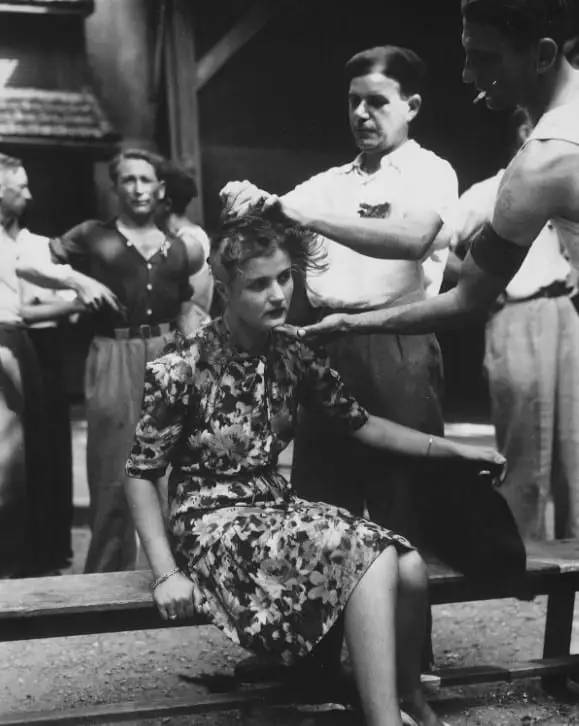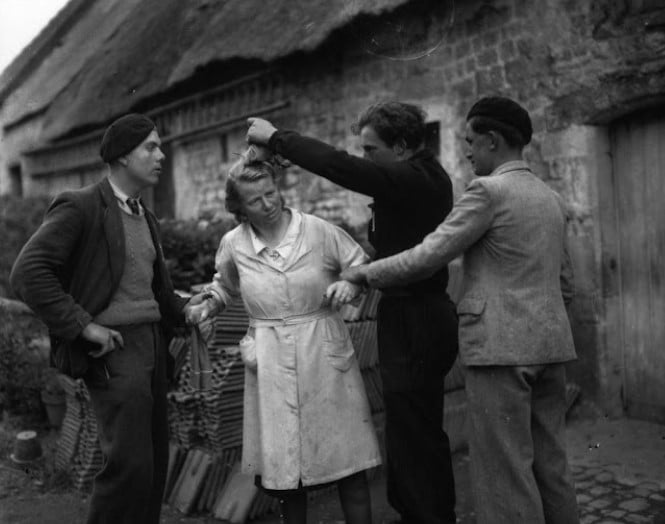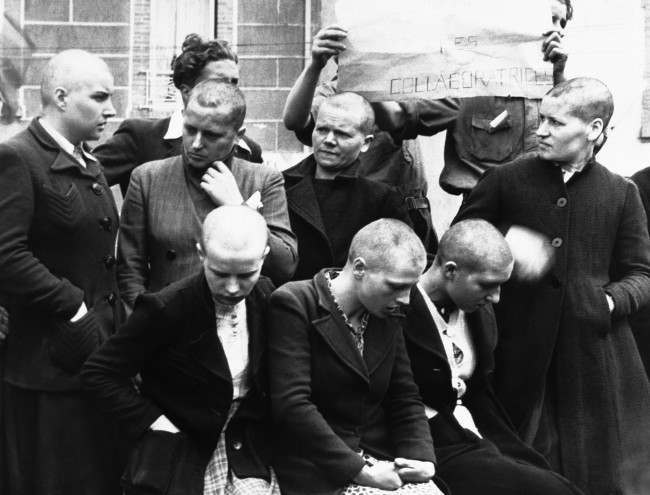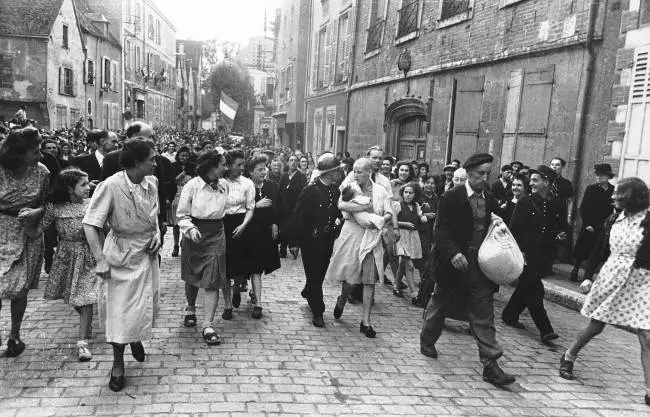In 1944, amidst the jubilation of France’s liberation, numerous photographs emerged that captured a stark and haunting scene: thousands of French women publicly had their heads shaved.
These images, shrouded in controversy and intrigue, depict a poignant moment in history, inviting viewers to delve deeper into the untold stories behind the event.
Punishment for “Horizontal collaboration”
After the Fall of France in 1940, thousands of French women were accused of having relations with members of the German occupation forces, whether coerced, forced, or voluntary relationships. This incident was later called “Collaboration horizontale” or “Collaboration féminine”.

In the weeks and months after the D-Day landings of June 6, 1944, Allied troops and the resistance swept through France, liberating towns and villages and ushering in a wave of collective euphoria, relief, and hope.
However, amidst this newfound freedom, a dark chapter unfolded: the punishments began. It’s worth to note that the intense, cruel, public ferocity of the movement focused not on serious collaborationist offenses, but women accused of associating with the enemy. These women bore the brunt of public shame and retribution.
Throughout France, between 1943 and early 1946, around 20,000 women in France, spanning all ages and professions, faced public humiliation as their heads were shaved.
They were called “femme tondue”. In many of the 20,000 cases, many were said to only provide professional services to the occupying Germans, without engaging in intimate relationships.
Due to the head-shaving in public spaces, many foreign photographers in post-war France gathered there and captured thousands of photos of women being subjected to this punishment.
Among these images is one depicting a woman, believed to be a prostitute catering to German occupiers, undergoing the demeaning act of having her head shaved by French civilians. This picture was taken in Montelimar, France, on August 29, 1944.
How the punishment was administered

This photograph captures a chilling moment from history, depicting a woman standing in a village while two men forcefully hold her wrists and another prepares to cut off her blonde hair with scissors.
Initially, it was believed that those responsible for these acts were members of the Resistance, neighbors emboldened after the departure of German forces, and men whose authority depended on the police and the courts.
However, the reality was often different. Many of the punishers were usually men acting without legal mandate or court-given authority.
After the public humiliation, these women, known as “tondues,” were often paraded through the streets on the back of a truck, reminiscent of the tumbrils of the 1789 French Revolution. Some were tarred, others partially stripped, and many marked with swastikas in paint or lipstick.

In Bayeux, Jock Colville, private secretary to Churchill, documented his emotional response to witnessing one of these scenes. “I watched an open lorry drive past, to the accompaniment of boos and catcalls from the French populace, with a dozen miserable women in the back, every hair on their heads shaved off.
They were in tears, hanging their heads in shame. While disgusted by this cruelty, I reflected that we British had known no invasion or occupation for some 900 years. So we were not the best judges.”
American historian Forrest Pogue described the victims as having “their look, in the hands of their tormentors, was that of a hunted animal”.
Colonel Harry D McHugh, the commander of an American infantry regiment near Argentan, reported: “The French were rounding up collaborators, cutting their hair off and burning it in huge piles, which one could smell miles away. Also, women collaborators were forced to run the gauntlet and were really beaten.”
Fate of babies with German fathers

“Collaboration horizontale” is believed to have resulted in the birth of approximately 200,000 French babies with German fathers.
Since 2009, Germany has granted citizenship to these children born from “the other bank of the Rhine,” following efforts by French foreign minister Bernard Kouchner to advocate for their recognition.
This decision reflects a significant step in acknowledging the complex historical dynamics surrounding wartime relationships.


